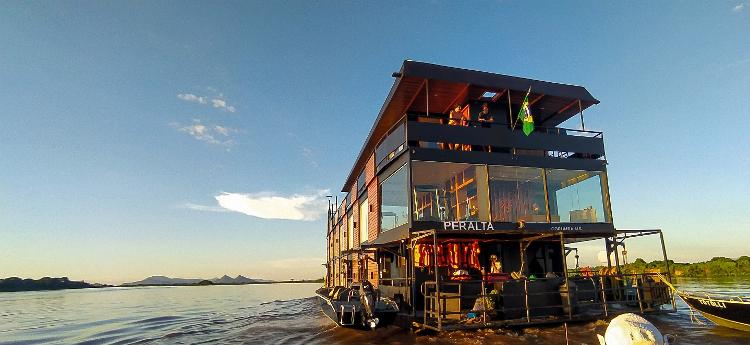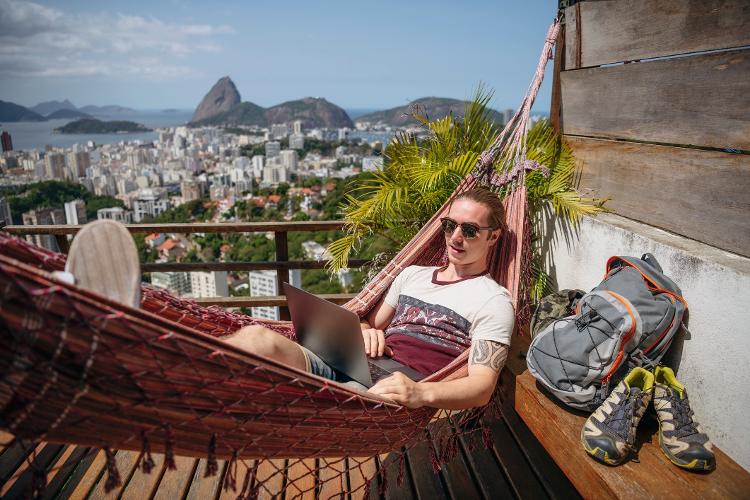For nearly half of the travelers, packing up and exploring a new destination has gone from a desire to a necessity after the long isolation imposed by covid-19.
This was revealed by the Travel Trends report prepared by the digital consultancy Labelium in partnership with the Expedia booking platform.
46% of respondents said that, for them, it is more important to travel now than it was before the pandemic.
And they are already preparing for this: 43% confessed that their travel budget would be bigger in 2023 than last year.

Inflation is at the heart of concerns for those planning to pack, as consumers named securing low prices, reasonable accommodations, and desired activities their top three priorities.
Flexible policies (in case of emergency or cancellation) and refundable rates are also considered.

DESTINATION: OUT OF THE COMFORT ZONE
The report also indicated that travelers on all continents are more likely to seek local destinations within their countries or regions.
And the determining factor in choosing a destination or accommodation is the possibility of having a unique experience, more than a luxurious night out, for example.
Luxury and extravagance are far from the authentic experiences most sought after by tourists today.
44% of travelers worldwide want to experience living life with only the necessities on their next trip, while 55% look for “off the map” vacations in destinations where it is possible to disconnect and escape reality.

58% still desire to learn survival skills on their trips in 2023, and 73% are eager to experience trips “out of the comfort zone”, pushing them to their limits.
The overwhelming majority – 90% – also guaranteed to seek sustainable destination and accommodation options.
THE RETURN OF BUSINESS TRAVEL
Those who thought remote work would end the face-to-face experience in all areas were wrong: the likelihood of taking an international business trip in the next 12 months has risen from 12% in May 2020 to 50% in July 2022.
70% of respondents also believe that the pace of business travel will return to pre-pandemic levels within two years. But it’s not all expedient: 76% of business travelers plan to extend their trip for leisure in the coming year.

Even for those who have adopted the remote model, 28% are already planning a “flex” trip, combining remote work with leisure in the next 12 months. 51% would still like their employers to use the money saved by switching to hybrid or remote for corporate travel or retreats.
IS TOURISM BACK?
International tourist arrivals are still 37% below 2019 rates, according to Labelium.
However, the end of complete restrictions has slowly excited more and more travelers.
Looking back over the past year, it is possible to see the pace of recovery: in January 2022, the travel industry was still 64% below 2019 records.
With the easing of inbound and outbound travel in China at the end of the year, the picture has softened to just 27% below pre-Covid rates.

While Europe and the Middle East are already experiencing a full-blown recovery, the Americas are still moving more slowly.
Asia, which reopened to tourism much later, still follows a much slower pace than other regions.
With information from UOL

